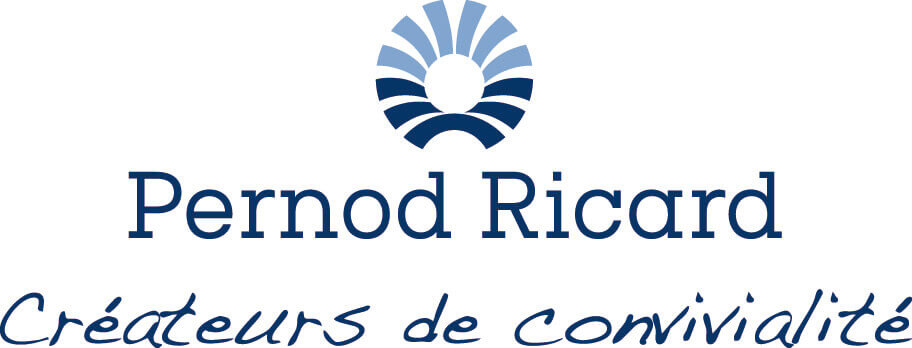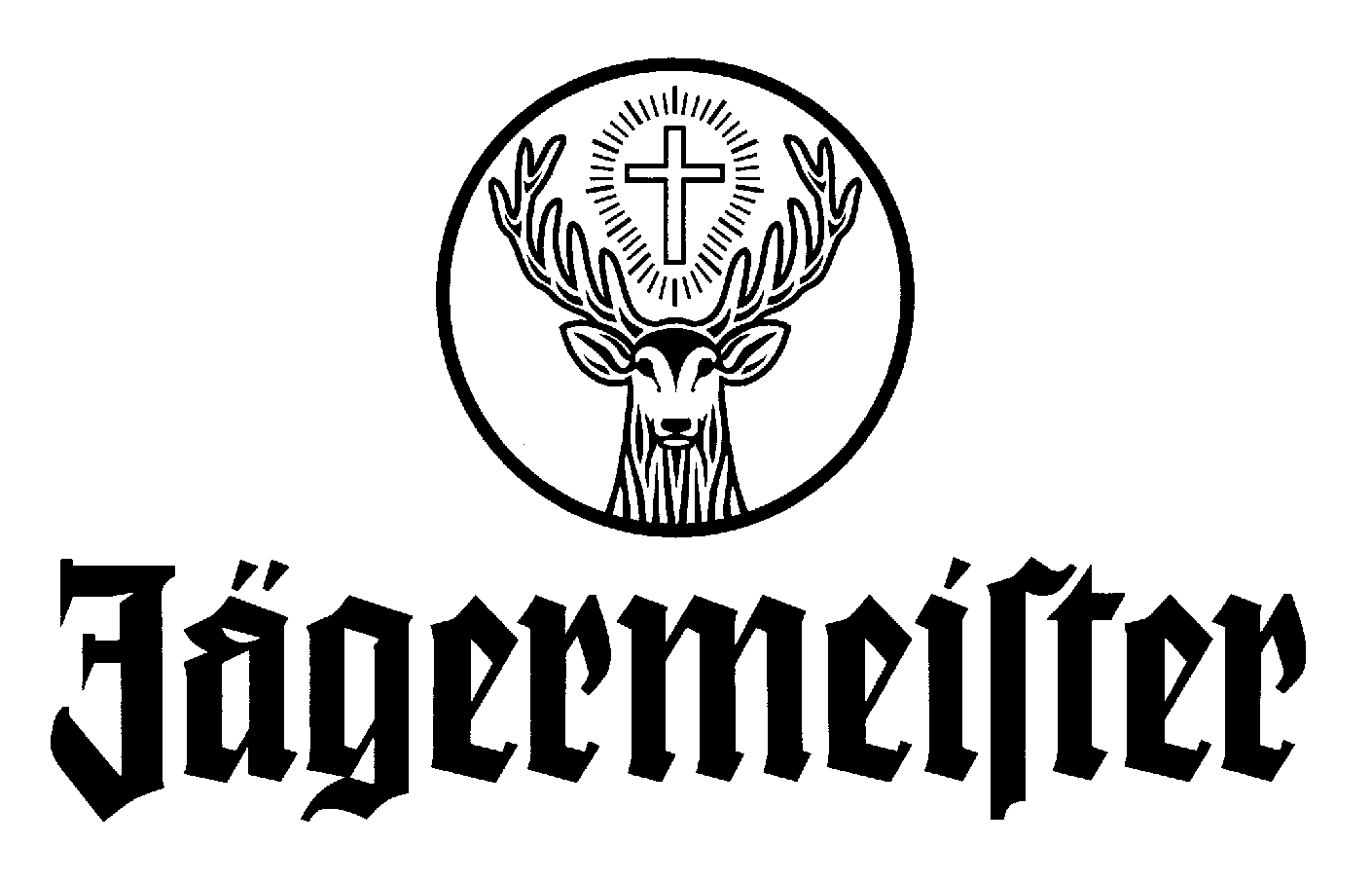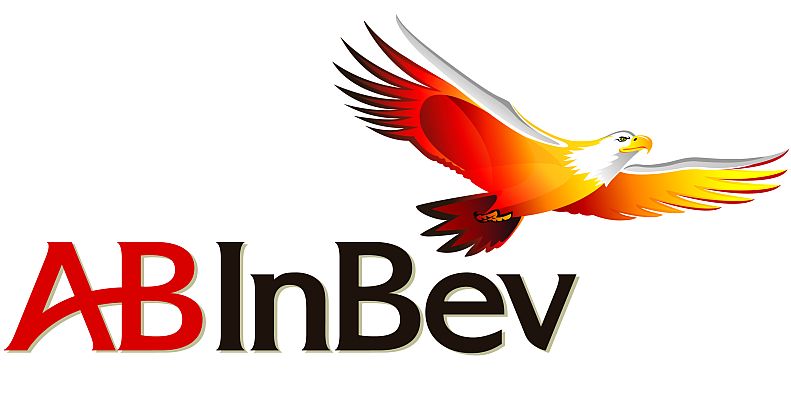General principles
Your wine list should never be considered simply a list of available drinks. It’s a selling tool to promote your high margin wines, encourage trade-up and can also be used to cross-sell your food or cocktail/spirit offer. These can be applied to lists regardless of outlet style.
- Variety is the spice of life. The more styles, grape varieties, countries of origin and price points you cover, the broader the range of customers you are likely to appeal to.
- Ensure that your core wines are available by the glass by providing a standard and premium option for your most popular varietals.
- Balance your list. Add interest and credibility to ensure a few trendy or unusual choices are available as an alternative to safer choices.
- Separate your sparkling wines from Champagne as sometimes a customer can discount the ‘Champagne and Sparkling’ section on the assumption the price is linked to Champagne. Position sparkling wines at the start of your list and highlight an occasion to prompt an impulse purchase e.g. ‘Celebrating? Add some sparkle with…?’
- Avoid terms like ‘house wine’ to encourage customers to try a more expensive choice.
- Give your customers the chance to trade-up when they fancy splashing out. Highlight more expensive choices on your list with ‘Our favourite’, ‘We recommend’ or ‘Award Winning’ (if appropriate) and give them extra visibility on chalkboards and table talkers.
- For more extensive lists, laying out by style or taste profile rather than colour provides helpful guidance to customers. This can reduce the risk to increase the likelihood of experimentation and trading-up.
- Unless you’re a specialist and your customers demand it, resist the temptation to be over wordy with wine descriptions. It can be quite off-putting for customers and increase your print costs.
- A wine list should always be accessible and on display for customers, not tucked behind the till on your back bar.








